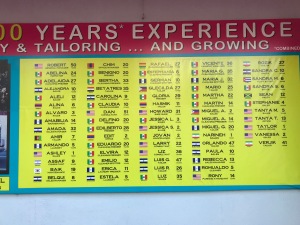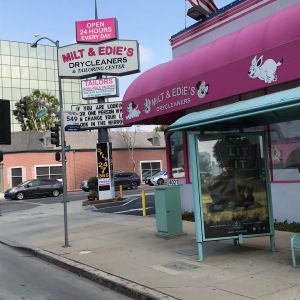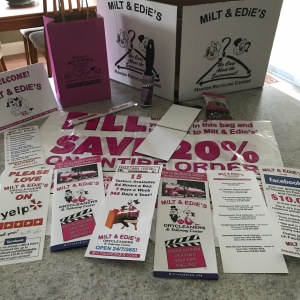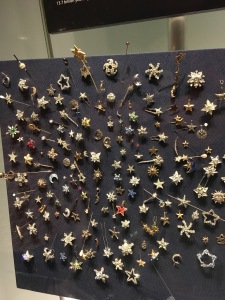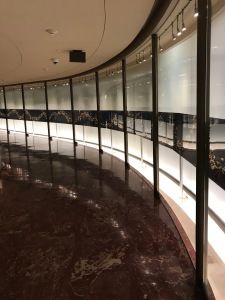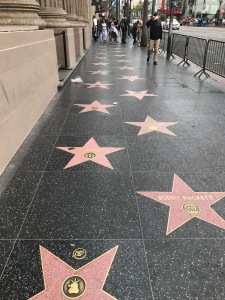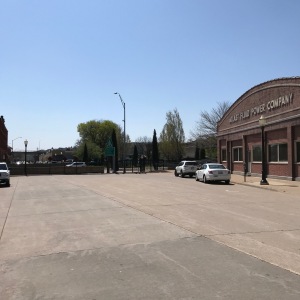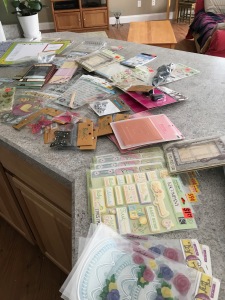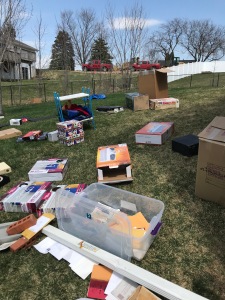Yet Milt and Edie’s has found a way to keep people for extensive periods of time. They feature a large sign on their building that shares the name, the number of years worked and nationality of those who work there, and they tout the cumulative number of years’ experience they provide. Inside are flags of the countries of their employees. Next to the Alteration Center is a pegboard that features pictures of all the employees who are working that day.
Many organizations acknowledge longevity at a once-a-year ceremony or newsletter, but it was front and center at Milt and Edie’s. Think of how you can make your recognition efforts more personal and prominent. The future of your organization depends on your ability to have people operating it.


